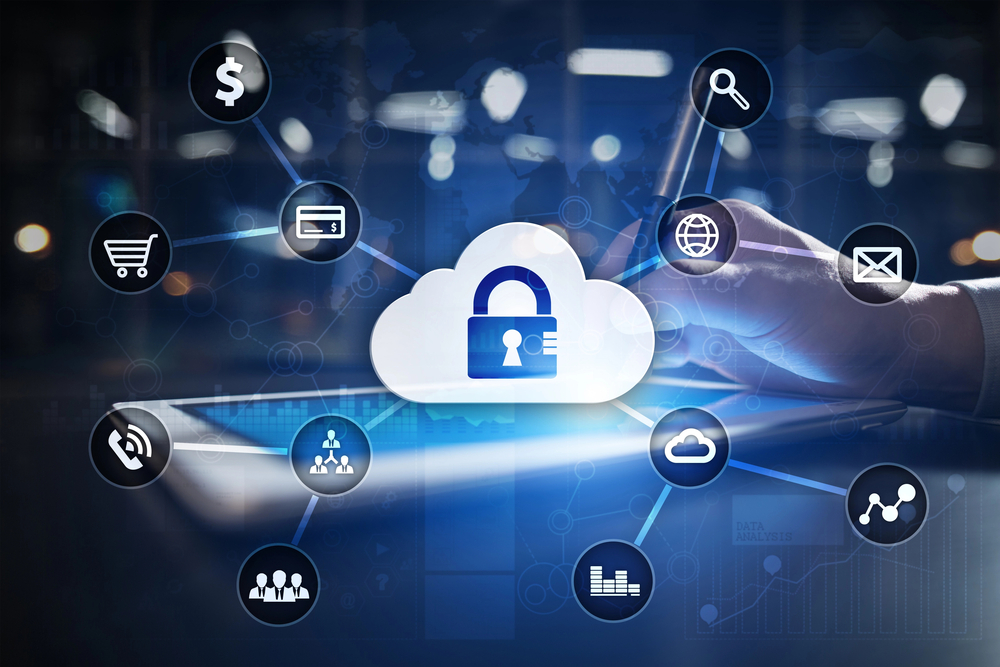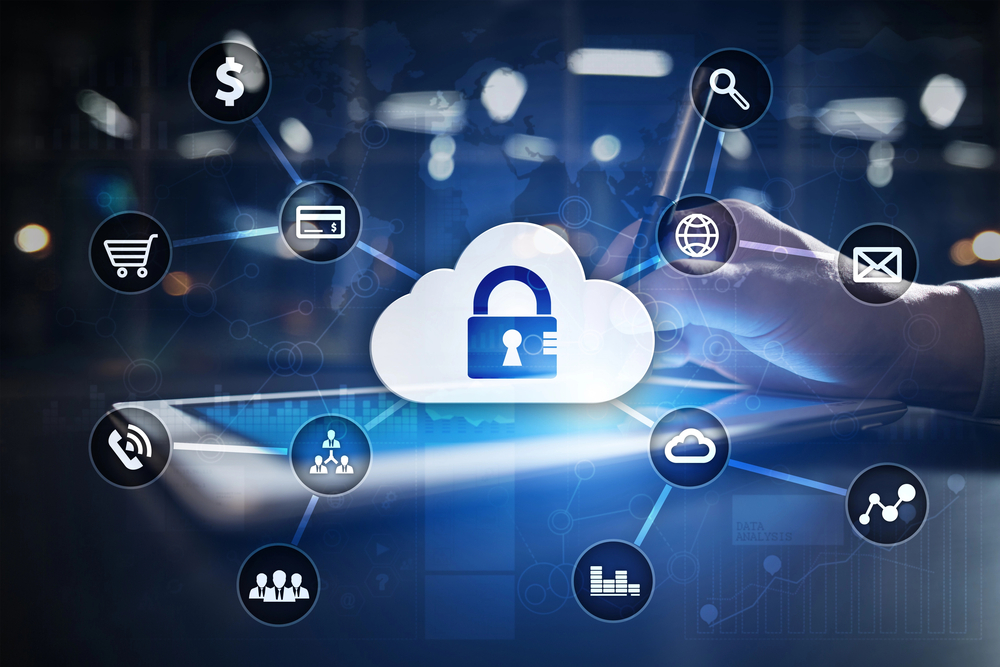
Platform-as-a-Service (PaaS) is becoming a cornerstone for many enterprises seeking to innovate rapidly and scale their operations. However, the security of PaaS environments presents unique challenges. This article explores the latest insights and recommendations from leading authorities, including Gartner, McKinsey, Forrester, NetApp, and SSH Communications Security, on effectively securing PaaS applications.
See also: New Multi-Cloud Study Answers How We Got Here
Key Insights from Leading Authorities
PaaS security has garnered attention from several high-profile research and advisory firms. Each provides a unique perspective on how to approach and implement security measures in PaaS environments, reflecting the complexity and diversity of the issues involved.
Gartner’s Perspective
Though not specifically about PaaS, one of Gartner’s latest predictions highlights the importance of integrated security strategies. It emphasizes proactive measures such as continuous monitoring, threat intelligence integration, and the use of advanced security tools to manage vulnerabilities and compliance. It’s not hard to see the connections here. As PaaS adoption increases, the attack surface also grows, making it crucial to have a unified security approach that includes both traditional and cloud-native security measures (Gartner).
McKinsey’s Analysis
McKinsey stresses the role of Zero Trust architecture and data-centric security approaches in much of its cybersecurity advice. Its reports underscore the need for robust identity and access management (IAM) solutions and continuous verification mechanisms to ensure that all entities accessing the platform are authenticated and authorized. McKinsey also discusses the importance of end-to-end encryption and the need for a comprehensive data governance framework to protect sensitive data. This thinking is especially relevant for PaaS environments because companies must understand that they share responsibility for security with the vendor (McKinsey).
Forrester’s Recommendations
Forrester’s research points to the growing importance of AI in both enhancing and complicating security measures. The firm predicts increased data breaches related to AI-generated code and emphasize the need for comprehensive security awareness and training programs. Forrester also highlights the significance of third-party risk management, noting that many PaaS providers rely on third-party components that could introduce vulnerabilities (Forrester).
NetApp’s Cloud Security Architecture
NetApp focuses on the importance of a well-structured cloud security architecture encompassing IaaS, PaaS, and SaaS. The company advocates for visibility tools and comprehensive security controls to protect cloud data assets. NetApp highlights the necessity of effective monitoring and response strategies to manage threats in a hybrid cloud environment. It recommends using tools designed to provide visibility into cloud operations and ensure robust security across all cloud layers (NetApp).
SSH Communications Security’s Focus Areas
SSH Communications Security underscores the critical roles of cryptography, IAM, and security orchestration in securing PaaS environments. They recommend robust encryption key management and the adoption of zero-trust frameworks. Additionally, they stress the importance of Security Orchestration, Automation, and Response (SOAR) to enhance the overall security posture of PaaS applications. Organizations can more effectively detect and respond to security incidents. SSH Communications Security can automate security processes and integrate threat intelligence (SSH).
Emerging Technologies Impacting PaaS Security
Based on this research, we can count on a few emerging technologies affecting the future of PaaS. Understanding these emerging technologies can help organizations anticipate potential threats and secure their PaaS environments.
Key Emerging Technologies:
- Artificial Intelligence and Machine Learning: Enhancing threat detection and response by automating security processes, identifying anomalies, and predicting potential breaches (Forrester).
- Blockchain Technology: Providing a decentralized and immutable ledger to ensure the integrity and authenticity of data transactions. This is particularly useful for securing sensitive data (Gartner).
- Quantum Computing: Presenting both opportunities and challenges, it can potentially break current encryption methods . However, it also offers new, more secure encryption techniques (McKinsey).
- Secure Access Service Edge (SASE): Combining network security functions with WAN capabilities to support dynamic, secure access needs, offering consistent security enforcement and improved performance for PaaS environments (Gartner).
Preparing for the Future of PaaS Security
The continuous evolution of technology means that organizations must remain vigilant and adaptable in their approach to PaaS security. By staying informed about advancements in AI, blockchain, quantum computing, and SASE and incorporating them into their security strategies, organizations can better protect their PaaS environments and achieve their business objectives.
Best Practices for Securing PaaS
Building on the insights from leading authorities, several best practices can help organizations secure their PaaS environments effectively.
- Implement a Zero Trust Architecture
- Continuous Verification: Continuously verify all entities accessing the platform to ensure they are who they claim to be. This includes users, devices, and applications.
- Multi-Factor Authentication (MFA): Implement MFA to add an extra layer of security and reduce the risk of unauthorized access.
- Least Privilege Access Controls: Limit users’ access rights to the bare minimum they need to perform their jobs. This reduces the potential attack surface.
- Adopt Advanced Cryptographic Techniques
- Encryption: Ensure robust encryption for data at rest and in transit to protect sensitive information from unauthorized access and tampering.
- Key Management: To prevent key compromise, securely manage encryption keys using hardware security modules (HSMs) or other secure key management solutions.
- Enhance Identity and Access Management (IAM)
- IAM Solutions: Implement IAM solutions to manage user identities and control access to resources effectively. This includes single sign-on (SSO), role-based access control (RBAC), and identity governance.
- Privileged Access Management (PAM): Use PAM solutions to secure administrative access and monitor privileged accounts to detect and respond to suspicious activities.
- Utilize Security Orchestration, Automation, and Response (SOAR)
- Automate Security Operations: Automate security processes to detect and respond to threats quickly. This will reduce the time to remediation and minimizing the impact of security incidents.
- Integrate Threat Intelligence: Incorporate threat intelligence into your security operations to improve threat detection and response accuracy and effectiveness.
- Continuous Monitoring and Compliance
- Monitoring Tools: Deploy tools to continuously monitor the PaaS environment in real time to detect anomalies and potential security breaches.
- Compliance Audits: Ensure compliance with relevant regulations and standards through regular audits and assessments. This helps maintain a strong security posture and avoid legal and financial penalties.
Managing Complex Security
Securing PaaS environments requires a multifaceted approach, incorporating the latest insights from leading authorities. By implementing robust security architectures, adopting Zero Trust principles, and leveraging advanced technologies like AI and SOAR, organizations can effectively mitigate risks and ensure the security and resilience of their PaaS applications. The collective wisdom from Gartner, McKinsey, Forrester, NetApp, and SSH Communications Security provides a comprehensive pathway for enterprises aiming to secure their PaaS environments.

Elizabeth Wallace is a Nashville-based freelance writer with a soft spot for data science and AI and a background in linguistics. She spent 13 years teaching language in higher ed and now helps startups and other organizations explain – clearly – what it is they do.


